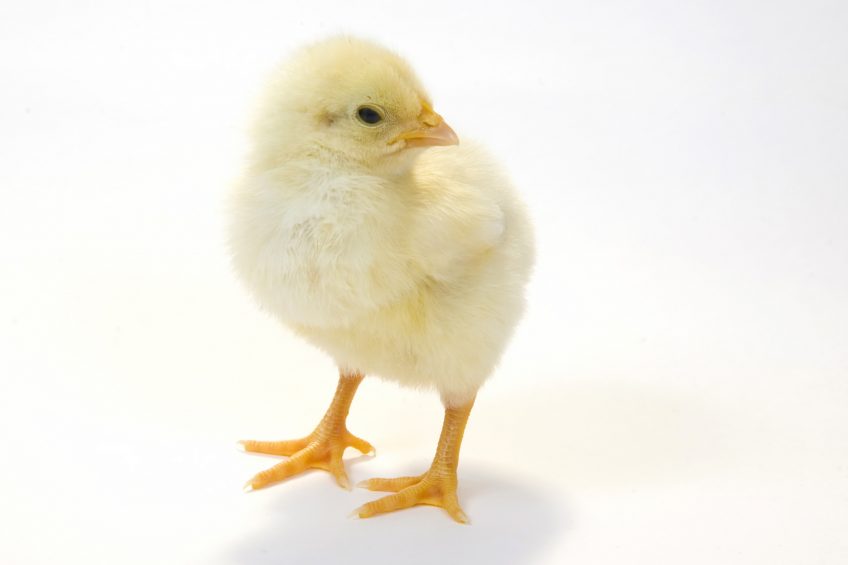Would Swiss consumers pay for dual-purpose poultry?

Research on Swiss consumers has shown they prefer the idea of dual-purpose poultry compared to male chick culling but higher prices remain an issue.
Researchers from the Institute of Agricultural Sciences, Zurich University, examined consumers’ willingness to pay for and the acceptance of dual-purpose eggs and chicken in Switzerland. The study comes at a time when ethical concerns around male chick culling continue to rise in Europe
Dual-purpose eggs cost 24% more than organic
Organic dual-purpose eggs and chicken, in which males are fattened and females used for egg production, have been marketed since January 2014 in a pilot project by one Swiss supermarket chain. Dual-purpose eggs cost 24% more than regular organic eggs, which in turn cost 41% more than conventional eggs.
Dual-purpose products niche market
Greater ethical value and animal-welfare standards are the most important sales arguments for dual-purpose products but the market remains niche representing just 0.4% of organic egg production in Switzerland. It may expand in the event of a ban on chick culling or a strategic turn in the organic egg sector, which took place in Austria.
The researchers felt that due to the high price of dual-purpose projects, it was essential to investigate consumers’ acceptance and to understand the factors influencing consumers’ willingness to pay for the products.
Majority of Swiss consumers unaware of male chick culling
Awareness of male chick culling was the most important reason for consumers showing an interest in dual-purpose products in Dutch research. But results from a survey conducted among 402 consumers at 8 Swiss supermarkets revealed that the practice of chick culling was largely unknown by 75% of respondents.
No preference between dual-purpose and ovo sexing
Generally, respondents’ knowledge about poultry production as a whole was low. The dual-purpose alternative was preferred to chick culling, but no preference emerged between dual-purpose and in ovo sexing, which is seen as another alternative.
More likely to pay for dual-purpose eggs than chicken
The results also found that the willingness to pay for dual-purpose products was proportionally lower for chicken than for eggs, probably because of the different price elasticity between the products.
Willingness to pay for dual-purpose products was related positively to knowledge about poultry production, habits tied to purchasing organic or free-range poultry products, and familiarity with dual-purpose products.
The report, published this week in Poultry Science, concluded that a combination of the dual-purpose alternative with an organic label was recommended.
Also read with video: Commercial chick sexing machine in development












